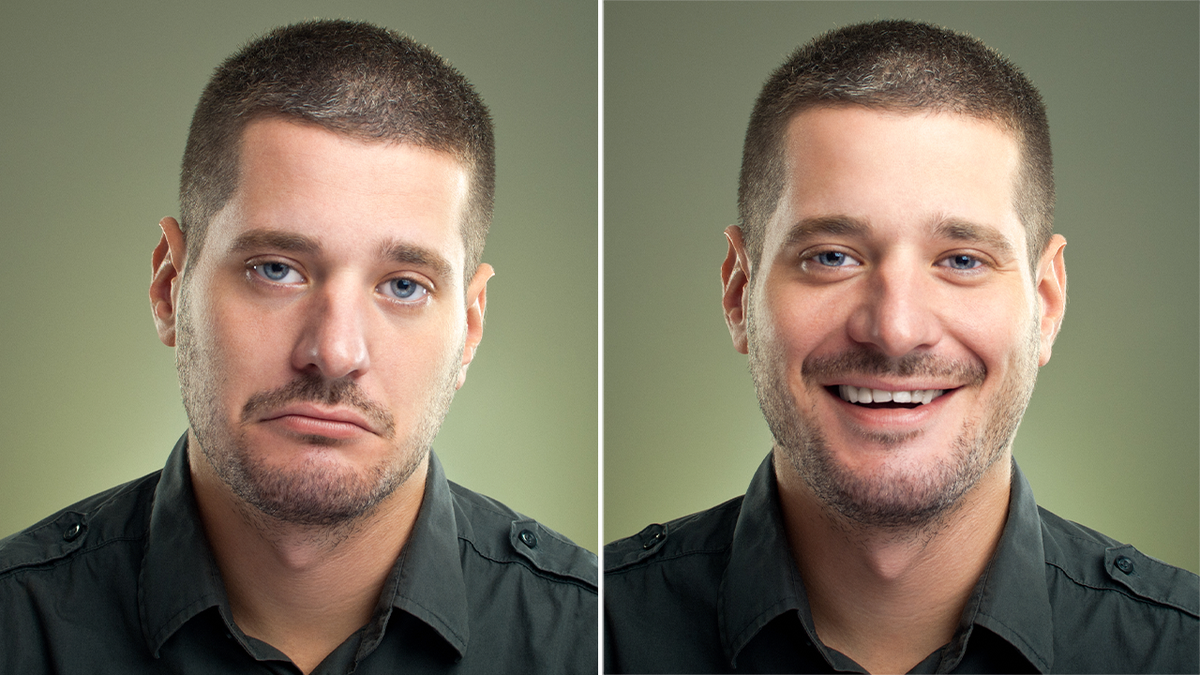Health
Supreme Court Agrees to Hear Challenge Over Opioid Bankruptcy Deal

The Supreme Court agreed on Thursday to consider the government’s challenge of a bankruptcy settlement involving Purdue Pharma, putting on pause a deal that would have shielded members of the wealthy Sackler family from civil opioid lawsuits in exchange for payments of up to $6 billion to thousands of plaintiffs.
In doing so, the court sided with the Justice Department, which had requested the court put the settlement plan on hold while it considered reviewing the agreement. The government has argued that the family behind Purdue Pharma, maker of the prescription painkiller OxyContin, should not be able to take advantage of legal protections meant for debtors in “financial distress.”
The court’s order, which was unsigned, gave no reasons and included no public dissents, adds to the uncertainty around the plan to compensate states, local governments, tribes and individuals harmed by the opioid crisis while offering protection for the Sackler family. The order specified that the justices would hear arguments in the case in December.
The court’s decision to take up the challenge to the bankruptcy agreement is the latest twist in the yearslong legal battle over compensation for victims of the prescription drug crisis.
In May, the U.S. Court of Appeals for the Second Circuit approved the settlement plan as part of a court review of bankruptcy restructuring for Purdue Pharma. The company had filed for bankruptcy protections in September 2019. At the time, both the company and members of the Sackler family were facing lawsuits connected with the opioid crisis.
Although it is routine for companies who seek bankruptcy protection to be shielded from legal claims, the unusual part of this agreement was that it extended that liability protection to the company’s owners. Sackler family members have said they would not sign onto a settlement without an agreement protecting them from lawsuits.
The U.S. Trustee Program, an office in the Justice Department that oversees the administration of bankruptcy cases, has long argued that bankruptcy judges do not have the power to permanently block lawsuits against company owners if those owners haven’t sought personal bankruptcy protection.
The government has argued that federal appeals courts are split on this issue and that the settlement agreement may set a troubling precedent.
“Allowing the court of appeals’ decision to stand would leave in place a road map for wealthy corporations and individuals to misuse the bankruptcy system to avoid mass tort liability,” the solicitor general, Elizabeth B. Prelogar, wrote in a brief for the government.
The appeals court, Ms. Prelogar wrote, had “pinned itself firmly on one side of a widely acknowledged circuit split about an important and recurring question of bankruptcy law.”
Ms. Prelogar called the agreement “a release from liability that is of exceptional and unprecedented breadth.” She argued that the deal “applies to an untold number of claimants who did not specifically consent to the release’s terms,” a deal that “constitutes an abuse of the bankruptcy system, and raises serious constitutional questions.”
In a statement released after Thursday’s decision, a spokeswoman for Purdue Pharma said the company was “confident in the legality” of the bankruptcy plan.
Members of the Sackler family are no longer on the board of the pharmaceutical company. When the bankruptcy is finalized, they will no longer be owners of the company, which would be renamed Knoa Pharma and owned by its creditors. However, the family still remains wealthy. Some estimates put their fortune at $11 billion, much of it in offshore holdings.
Victims’ groups have expressed frustration at the government’s position, raising concerns that it would further delay payments to those harmed.
“Regardless of how one feels about the role of the Sackler family in the creation and escalation of the opioid crisis, the fact remains that the billions of dollars in abatement and victim compensation funds hinge on confirmation and consummation of the existing plan,” a brief filed on behalf of a victims’ group said. “These funds, which the Sackler family members are providing in exchange for releases, are critically needed now.”
Jan Hoffman contributed reporting.

Health
Is Low-Fat or Low-Carb Better for Weight Loss? Experts Settle the Debate

Use left and right arrow keys to navigate between menu items.
Use escape to exit the menu.
Sign Up
Create a free account to access exclusive content, play games, solve puzzles, test your pop-culture knowledge and receive special offers.
Already have an account? Login
Health
Weight loss, diabetes drugs can cause mood changes: What to know about behavioral side effects

GLP-1 receptor agonists (GLP-1 RAs), medications that help control type 2 diabetes and obesity, can have a profound impact on physical wellness – but what about mental health?
Some examples of these medications include semaglutides, such as Ozempic and Wegovy, and liraglutide, like Victoza and Saxenda.
Various studies have pointed toward GLP-1 RAs causing mental health complications, such as anxiety and depression.
WEIGHT-LOSS DRUGS’ IMPACT ON CANCER RISK REVEALED IN NEW STUDY
The National Institutes of Health (NIH) published research in June 2024 that considered the correlation between semaglutide therapy and “exacerbating mood disturbances.”
The study highlighted the association of negative mood changes in patients with type 2 diabetes with a history of depression, warning healthcare providers to be aware of this “potential risk.”
Studies have debated the correlation between GLP-1 RA drugs and mood changes. (iStock)
But a more recent study, published in the journal Diabetes, Obesity and Metabolism, suggested that these mood changes were linked to genetic variations across diverse populations and ancestries within the U.K. Biobank.
While GLP-1 RA variants had “consistent cardiometabolic effects” across all groups, the researchers said the negative impacts on mental health were “more varied,” concluding that any behavioral changes are “likely not acting directly through [the medications].”
SEMAGLUTIDE FOUND TO HAVE SHOCKING BENEFIT FOR LIVER DISEASE PATIENTS IN NEW STUDY
Doctors weigh in on medications and mood
Dr. Brett Osborn, a Florida neurosurgeon who often prescribes GLP-1 RAs to his patients, believes that there is “no consistent causal relationship” between these medications and mental illness.
“Researchers assayed genetic markers across almost half a million people from different backgrounds in search of a link between the gene behind GLP-1 receptors and mental health problems like depression, anxiety or suicidal ideation — and they didn’t find it,” he summarized.

GLP-1 receptor agonists have been linked to mood changes, patients and doctors have reported. (iStock)
People who are obese or battling type 2 diabetes are “often already depressed” without the medication, the doctor pointed out.
“These conditions take a toll – physically, emotionally and socially,” he said. “So, yes, a large portion of patients starting GLP-1 drugs are already dealing with mental health struggles. But that’s not because of the drug — that’s because of the disease.”
HERE’S WHY BELLY FAT IS MORE COMMON AS WE AGE, AND 3 WAYS TO PREVENT IT
Once these individuals begin dropping weight, blood sugar stabilizes and energy improves, which usually lifts their mood as well.
“GLP-1 drugs help people reclaim their health,” Osborn noted. “They reduce inflammation. They lower blood sugar. They shrink waistlines.”
“And when people look and feel better, when their bodies finally start working for them instead of against them, they often smile more, not less.”

“GLP-1 drugs help people reclaim their health,” one doctor said. “And when people look and feel better, when their bodies finally start working for them instead of against them, they often smile more, not less.” (iStock)
Dr. Muhammad Ghanem, a bariatric surgeon at Orlando Health Weight Loss and Bariatric Surgery Institute, shared in a separate interview with Fox News Digital that while some of his patients have reported mood changes, others “don’t have that at all.”
FIRST GLP-1 PILL FOR WEIGHT LOSS, DIABETES SHOWS SUCCESS IN LATE-PHASE TRIAL
“Depression or mood changes are very common regardless, especially nowadays, and so it’s hard to [determine] whether this is related to the GLP-1 agonist medications, or whether it just happens to be that they started suffering from these after they started that medication,” he said.
“It’s really hard to tell whether it’s a personality change that can happen because of weight loss or if it’s a side effect because of mood changes,” he added. “I don’t think we have enough data to reach that conclusion yet.”

For those who are interested in GLP-1 RA medications or are experiencing mood changes while taking them, an expert stressed the importance of keeping in close contact with medical providers. (iStock)
Patients who lose weight with GLP-1 RAs can experience a “big boost” in confidence, as well as a change in personality and even relationships, according to Ghanem.
“It really depends on the person and the support system they have,” he said. “You need proper, randomized controlled trials to reach a conclusion, and better studies to determine whether this is related to the medication itself or just weight loss.”
“It’s important for all doctors who prescribe these drugs to be aware and check the patient’s history.”
For those who are interested in these medications or are experiencing mood changes while taking them, the surgeon stressed the importance of keeping in close contact with medical providers.
“Just like any other medication, they can have potential side effects,” he said.
Ghanem recommended seeking out professionals and practices who take a “holistic approach” to weight loss, offering mental health support in addition to medication.
Dr. Brunilda Nazario, MD, chief physician editor of medical affairs at WebMD, told Fox News Digital that “obesity is complicated.”
“Obesity specialists … are cautiously excited about how well these drugs work,” she said.
CLICK HERE TO SIGN UP FOR OUR HEALTH NEWSLETTER
“With current studies showing conflicting results on mood disorders and the use of GLP-1 drugs, it’s important for all doctors who prescribe these drugs to be aware and check the patient’s history before prescribing [them].”

“Don’t be afraid to ask for help if you feel something is not right — your health depends on it,” one expert suggested. (iStock)
Nazario stressed that it’s “vital” for GLP-1 RA users to listen to their bodies, urging them to pay attention to their feelings and know the symptoms of mood disorders.
“Don’t be afraid to ask for help if you feel something is not right — your health depends on it,” he added.
For more Health articles, visit www.foxnews.com/health
Nazario noted that GLP-1 RAs can affect mood in many different ways.
“They are not all negative — they have the potential to improve mood as well,” she said. “Just seeing great results can boost self-esteem, confidence and body image.”
Health
How to Access GLP-1 Medications After FDA New Rules | Woman's World

Use left and right arrow keys to navigate between menu items.
Use escape to exit the menu.
Sign Up
Create a free account to access exclusive content, play games, solve puzzles, test your pop-culture knowledge and receive special offers.
Already have an account? Login
-

 Austin, TX7 days ago
Austin, TX7 days agoBest Austin Salads – 15 Food Places For Good Greens!
-

 Technology1 week ago
Technology1 week agoNetflix is removing Black Mirror: Bandersnatch
-

 World1 week ago
World1 week agoThe Take: Can India and Pakistan avoid a fourth war over Kashmir?
-

 News1 week ago
News1 week agoReincarnated by A.I., Arizona Man Forgives His Killer at Sentencing
-

 News1 week ago
News1 week agoWho is the new Pope Leo XIV and what are his views?
-

 News1 week ago
News1 week agoEfforts Grow to Thwart mRNA Therapies as RFK Jr. Pushes Vaccine Wariness
-

 Entertainment1 week ago
Entertainment1 week agoReview: 'Forever' is a sweet ode to first love (and L.A.) based on Judy Blume's novel
-

 Politics1 week ago
Politics1 week agoDepartment of Justice opens criminal investigation into NY AG Letitia James














